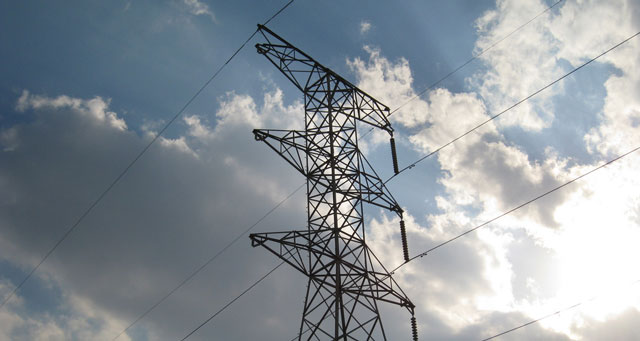
Eskom on Friday announced a net profit of R7,1bn for the financial year ending 31 March 2014.
“This was up from R5,2bn in the previous year, but significantly less than the R12,2bn reported for the six months ended 30 September 2013,” the parastatal said in a statement.
“The surplus will be reinvested in the company in full to support its capacity expansion programme and to service debt.”
Eskom’s revenues and profits were higher in winter due to greater sales volumes, seasonal tariff adjustments and lower maintenance costs.
“Revenue for the year ending 31 March 2014 increased to R139,5bn from R128,8bn in the previous year, reflecting the impact of the 8% tariff increase and the flat demand for electricity,” Eskom said.
The growth in demand was 0,6% compared to the previous year.
The increase in revenue was offset by escalating primary energy costs, especially on open-cycle gas turbines (OCGTs), and an increase in maintenance costs.
This translated into revenue per kilowatt-hour of 62,8c versus 58c5c in 2013, while costs per kilowatt-hour in Eskom’s electricity business were 59,7c versus 54,2c last year.
“Primary energy costs have increased significantly by 14,2% to 32c/kWh,” said Eskom.
“Given the tight reserve margin, the more expensive OCGT stations were operated far above previous load factors to ensure continuity of supply.”
Eskom’s R300bn funding plan was progressing well, with 90,5% of funding secured.
However, the plan from 1 April 2010 to 31 March 2017 was based on the assumption of a 16% third multi-year price determination tariff increase.
As such, the plan would need be extended to 31 March 2018 to support the capital expansion programme.
The delivery of the Medupi power station’s unit six, at 794MW, remained a key focus area and the first-power-to-grid date was scheduled for the second half of 2014.
Commercial operation, or full load, would follow around six months later.
Unit six at Kusile power station, at 800MW, would see first-power-to-grid occur in the second half of 2015.
Similarly, the first unit of the Ingula pumped-storage scheme, at 333MW in KwaZulu-Natal, was due for synchronisation in the second half of 2015.
Public enterprises minister Lynne Brown said South Africa needed energy security to support its anticipated future economic growth.
“Eskom is committed to its purpose to provide sustainable electricity solutions to grow the economy and improve the quality of life of all South Africans,” she said.
“In the years ahead, the current capacity expansion programme will, once completed, result in a more secure national power supply that can meet the country’s needs.” — Sapa




